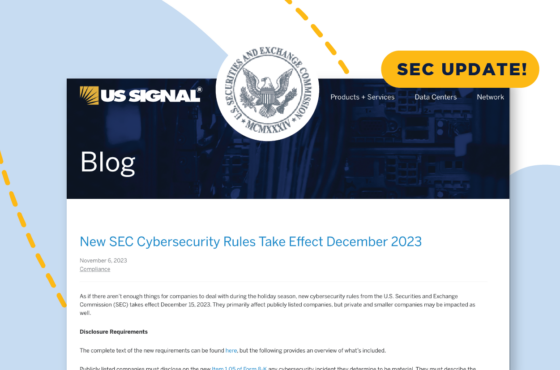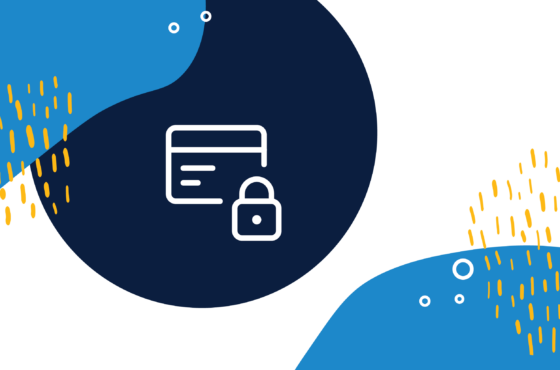
New SEC Cybersecurity Rules Take Effect December 2023
New SEC rules regarding cybersecurity incidences take effect December 15, 2023 and will affect all US publicly traded companies.
If your organization stores, processes, or transmits payment cardholder data and/or sensitive authentication data, you know attaining and maintaining compliance with the PCI Data Security Standard (PCI DSS) can be difficult. Keeping pace with the frequent updates from the PCI Security Standards Council makes it even tougher. Not staying on top of the changes, however, isn’t an option.
Companies of all sizes and across all industries continue to make the news because of data security breaches. The ever-changing, increasingly sophisticated nature of cyber threats is largely to blame. A lack of payment security awareness and poor implementation and maintenance of the security protocols play roles as well. Frequent updates to the PCI DSS are designed to help organizations and their service providers better understand, implement, and maintain the most up-to-date security best practices.
Just over a year ago, the Council published its latest version of the data security standard — PCI DSS version 3.2. If you haven’t already checked out what’s included and the relevant dates, here are highlights.
Since launching PCI DSS 3.2, the Council has kept busy. It published a new version of its device security standard for Hardware Security Modules (HSMs), and a set of payment protection resources for small businesses. In December 2016, it released Guidance for PCI DSS Scoping and Network Segmentation to help businesses address the challenge of identifying where and how payment data is at risk in an organization’s system. Earlier in 2017, the Council updated its card production standard and extended it to include protections for mobile payments provisioning. Expect the changes, updates, and new resources to keep coming.
To stay on top of it all, you can always check the newsroom section of the official PCI web site. Better yet, partner with a third-party IT solutions provider that already has an in-depth understanding of the PCI DSS, stays current with its latest iterations, and knows how to implement the PCI-specific security controls into the IT services that are integral to your business. US Signal is one of those companies.
US Signal has made extensive investments in creating the PCI-compliant infrastructure that underlies its cloud and colocation solutions, as well as in developing the requisite compliance expertise. The company’s security specialists can also help you meet many of the requirements of other regulatory and industry standards such as HIPAA/HITECH.
To learn more, call 866.2. SIGNAL or email [email protected]

New SEC rules regarding cybersecurity incidences take effect December 15, 2023 and will affect all US publicly traded companies.

Released March 31, 2022, PCI DSS v4.0 contains significant changes including increased focus on risk analysis, which may open organizations up to legal risks.

A key step in data management is developing a data retention policy that specifies what to keep and for how long, and what to delete. Learn how to get started.